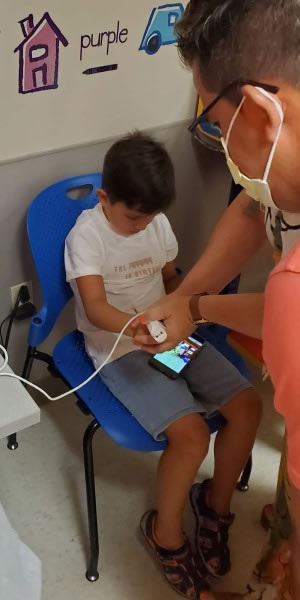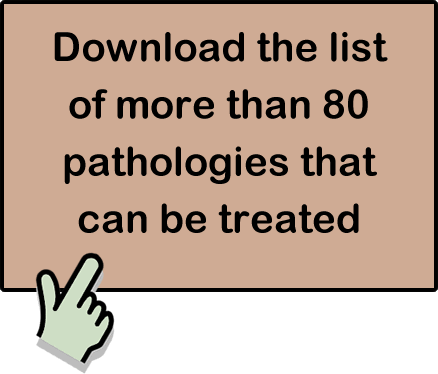What are stem cells?
Your baby’s umbilical cord blood and
perinatal tissues contain a large amount
of stem cells with regenerative and healing
properties.
These cells can transform into different
types of cells in the body.
CordSavings’ preservation methods help
preserve their potential, so that if one day
your family needs these precious cells,
all treatment options remain available
Umbilical cord blood stem cells successfully treat 10-year-old boy with sickle cell disease
Meet Eli (10) and Gus (3), two brothers who have an inseparable bond, a bond forged by blood in more ways than one. Eli was born in 2010 with sickle cell disease. Their parents chose to bank Gus' umbilical cord blood. And in 2020, Eli's sickle cell disease was successfully treated using his brother's stored stem cells. Since his transplant, Eli has been doing well and his parents couldn't be happier with his progress.

Stem cells from umbilical cord blood successfully treat 5-year-old child with autism.
Salvador, a five-year-old Portuguese boy diagnosed with autism spectrum disorder, recently underwent treatment with stem cells from his own umbilical cord blood in an effort to improve his condition.
Cord blood stem cells are FDA-approved to treat more than 80 diseases, including childhood leukemia and sickle cell disease, and are being studied in hundreds of other clinical trials, including for autism. Salvador’s parents never imagined that these stem cells would be the key to reducing the severity of his autism.
In August 2022, through a single 15-minute procedure, Salvador’s cord blood stem cells reduced the severity of his autism from Level 2 (moderate to mild) to Level 1.

Umbilical cord blood therapies
There are now more than 80 diseases that can be treated with hematopoietic stem cells (HSCs) collected from umbilical cord blood. For some diseases, these treatments are the only therapy, and for others, they are only used when first-line treatments have failed or the disease is very aggressive.
Stem Cell Clinical Trials
Neonatal stem cells are at the center of hundreds of clinical trials across a variety of conditions, highlighting their versatility and therapeutic potential. In some cases, they are a primary treatment option, while in others, they are explored when conventional therapies prove insufficient. These ongoing trials highlight the immense potential and promise that neonatal stem cells hold to transform the medical treatment landscape and offer hope to patients facing a variety of health challenges.
List of over 80 curable pathologies
(More than 40,000 transplants worldwide)
Be Prepared for the Unknown
You only have one chance to preserve your baby’s vital stem cells: the day they’re born. Preserve your family’s health by signing up for a stem cell bank today.

The difference with CordSavings...
We have always set the highest standards in the industry through scientific innovation, customer service and
complete transparency. The result is a top-notch, more personalized and humane Swiss private stem cell biobank.

Umbilical cord blood
Preserve your baby's cord blood hematopoietic stem cells, which are capable of producing all the cells of the blood and immune system. They have been used to treat over 80 diseases and are used in many clinical trials.

Umbilical cord tissue
Preserve cord tissue, which is a source of mesenchymal stem cells (MSCs) that can regenerate bone, cartilage, and muscle. Used in regenerative medicine, they are being studied in over 1,000 clinical trials to treat diseases such as cerebral palsy, arthritis, and type 1 diabetes.

Placental tissue
Preserving placental stem cells, which are promising in regenerative medicine and used to treat diseases such as multiple sclerosis and neurological disorders. Their use is growing, with more than 23,000 clinical trials and 40 approved therapies.



